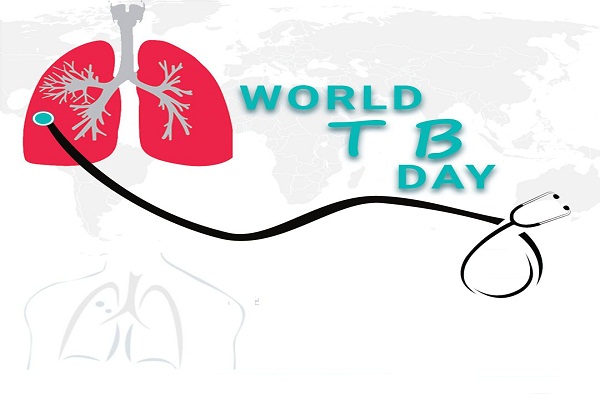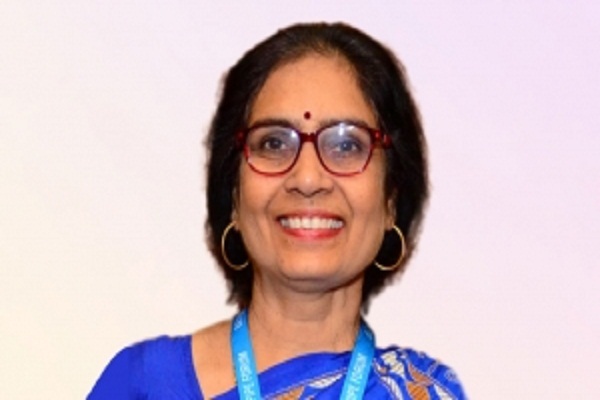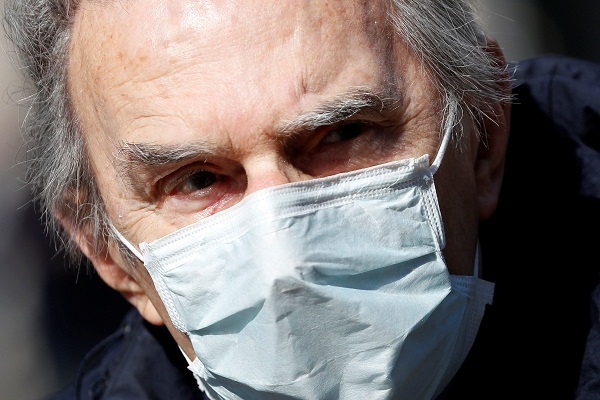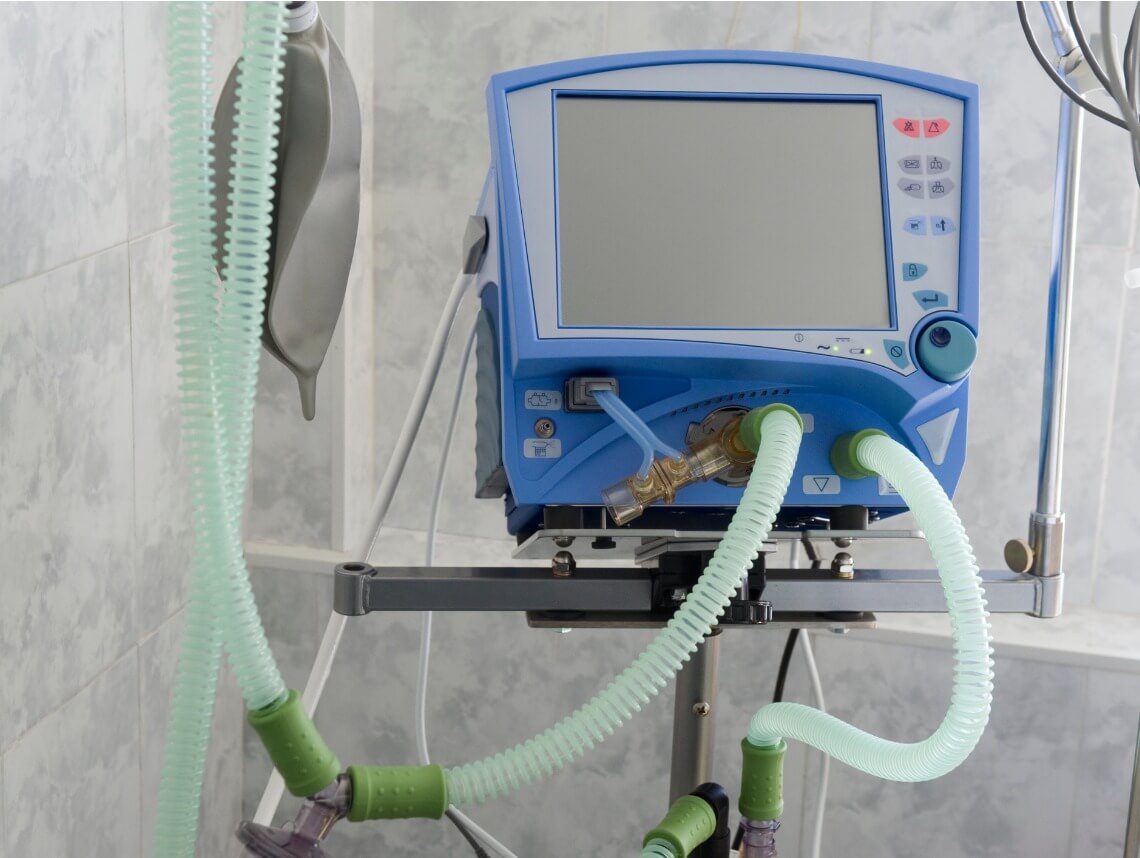

Over the last few decades, India has made substantial progress in reducing child mortality rates. The Universal Immunisation Programme (UIP), launched in 1985, was a major public health intervention in the country and one of the largest immunisation programmes, globally. Despite the UIPs wide outreach targeting millions of newborn children and pregnant women, the programme achieved only 65% full immunisation coverage. Between 2009 and 2013, the coverage increased by 1% each year, from 61% in 2009 to 65% in 2013.

In December 2014, the UIP was re-launched as Mission Indradhanush (MI) to intensify immunisation efforts. Under MI, the Government originally set a target of achieving 90% immunisation coverage by 2020. During its first two phases,immunisation coverage increased from 1% to 6.7% per year. Underscoring the need for greater urgency, the Government launched the Intensified Mission Indradhanush (IMI) programme in 2017 with a focus on vulnerable districts across the country. The IMI also advanced the 90% immunisation coverage deadline to December 2018.
The increased focus is justified. In India, vaccine preventable diseases (VPDs) claim the lives of nearly 5,00,000 children below five years of age. Millions of other children are at risk due to partial or no immunisation. As per the India State-Level Disease Burden Initiative, infectious and associated diseases, including diarrhoeal diseases, are among the leading causes of VPD-related mortality in India, with under-five children being disproportionately affected.
Rotavirus, shigellosis and cholera are common diarrhoeal infections which are associated with high morbidity and mortality rates in India and globally, particularly among underprivileged populations. Meningitis is another fatal disease with a long history of outbreaks in India. Globally, one in five children who develop meningitis do not survive. Among the survivors, over 30% suffer permanent disabilities such as deafness, seizures, and mental and developmental delays.

Mass immunisations most effective in reducing prence of infectious diseases
While public health measures such as safe drinking water, sanitation and hygiene are essential for preventing and controlling diarrhoeal diseases, developing countries face significant bottlenecks in their implementation. Nationwide vaccination programmes have emerged as the most scientific approach to reduce the prence of infectious diseases. Boosting these programmes can counter the challenges of diarrhoeal diseases and prevent the outbreak of epidemics. In March 2016, the Government launched the first indigenous rotavirus vaccine which covered four states and 3.8 million children. In early 2017, the coverage was extended to five additional states.
The introduction of an oral cholera vaccine (OCV) has made a radical difference in battling cholera. In October 2017, the Global Task Force on Cholera Control (GTFCC), a network of over 50 organisations supporting cholera-affected countries, announced a new roadmap to achieve 90% reduction in cholera deaths by 2030. Implementation of the roadmap can help in eliminating cholera in up to 20 countries by 2030.
Currently, India manufactures an OCV which is pre-qualified by the WHO and is being used by the private healthcare sector. However, it has not yet been included in the UIP.
Indian paediatricians strongly recommend the use of newer vaccines for the prevention of diseases and epidemics. However, introducing newer vaccines is associated with many challenges, including unavailability, inaccessibility and unaffordability. High cost has traditionally been a significant barrier in preventing newer vaccines from being included in national immunisation programmes. India has largely lagged in the indigenous manufacture of advanced vaccines such as the pneumococcal conjugate vaccine used in the prevention of pneumonia and meningitis.
Globally, healthcare companies are forming public private partnerships to spearhead the development of innovative and affordable solutions for solving critical public health problems. Meeting Indias immunisation goals will require a high level of collaboration between multiple stakeholders, including the Government and private sector.
Urgent need for investments in technology and innovation
Existing vaccine management and delivery systems in India are characterised by inefficiencies in logistics and temperature monitoring systems. An inefficient supply chain and logistics management system, along with a shortage of cold-chain capacity, results in 25% vaccines being wasted every year. Storing vaccines at incorrect temperatures also leads to loss of quality and efficacy. Transporting and storing vaccines in remote rural areas continues to be a significant challenge.
The Governments adoption of a real-time Electronic Vaccine Intelligence Network (eVIN), an indigenously-developed technology, is a step in the right direction. The system digitizes vaccine stocks and monitors cold chain temperature using smartphone applications. The eVIN technology is a prime example of the benefits which can be achieved by integrating low-cost, smart technology into service delivery models.
Although Indian vaccine manufacturers have been gradually building their research and development capacity, the focus has largely been on improving generic vaccines instead of developing complex vaccines or vaccines for newer diseases.The prospect of selling vaccines to the Global Alliance for Vaccines and Immunisations (GAVI) is spurring vaccine manufacturers to reinforce their research and development capabilities, collaborate with international partners, and move from basic to more sophisticated technologies.
There is an urgent need to develop high impact and affordable vaccines for diarrhoeal diseases such as rotavirus, cholera, shigellosis and meningitis. The use of innovative technologies has exhibited positive preliminary results, and sustained efforts will lead to further breakthroughs.
Innovations will continue lowering the cost of vaccines, which will encourage public health agencies to include newer vaccines in immunization programmes. This will lead to a substantial improvement in child survival rates and reduce the significant burden of economic costs that such diseases entail.
(Disclaimer: The writer is Dr Davinder Gill, Chief utive Officer, Hilleman Laboratories Pvt. Ltd. The views expressed are a personal opinion)
Be a part of Elets Collaborative Initiatives. Join Us for Upcoming Events and explore business opportunities. Like us on Facebook , connect with us on LinkedIn and follow us on Twitter , Instagram.












